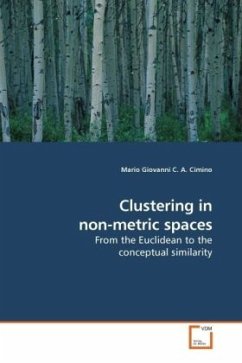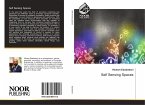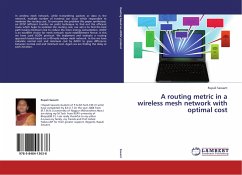Clustering algorithms partition a collection of objects into a certain number of clusters (groups, subsets, or categories). Object clustering algorithms generally partition a data set based on a dissimilarity measure expressed in terms of some distance. When the data distribution is irregular, for instance in image segmentation and pattern recognition where the nature of dissimilarity is conceptual rather than metric, distance functions may fail to drive correctly the clustering algorithm. Thus, the dissimilarity measure should be adapted to the specific data set. The purpose of this book is to present the main ideas concerning the application of the machine learning paradigm to the discovering of the dissimilarity between objects. Readers involved in similarity modeling will view how computational intelligence techniques, such as fuzzy systems, neural networks and evolutionary computation, can be a powerful vehicle for capturing conceptual relationships among objects. The application of such methods is also discussed in detail, with a series of experiments.








